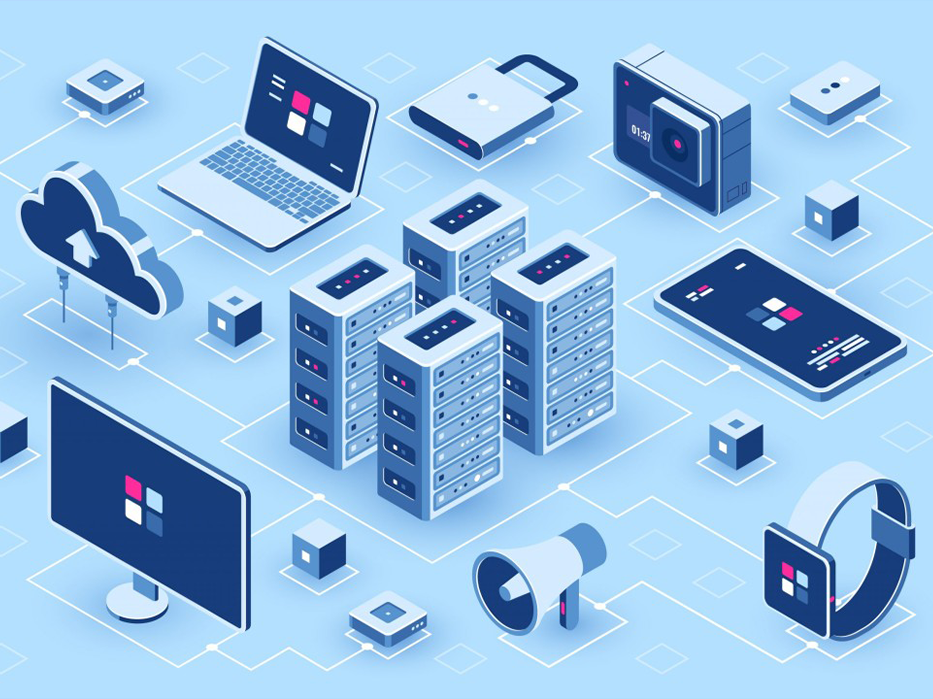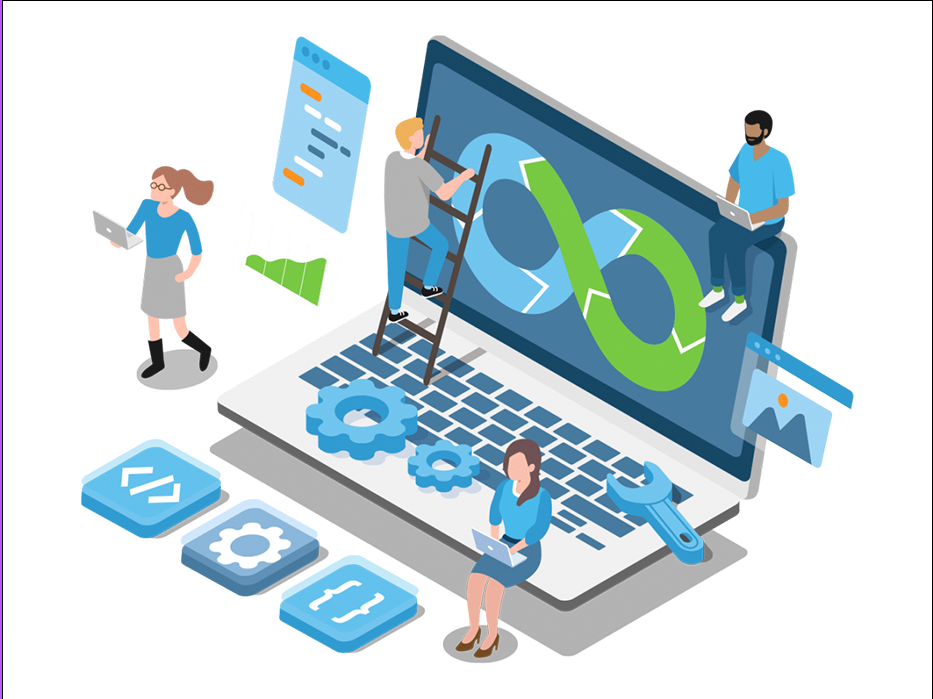- Connectivity and Communication
In remote work scenarios, connectivity is the lifeline that keeps teams interconnected. A robust IT infrastructure ensures that remote employees have reliable access to the internet and essential communication tools. This includes VPNs for secure access to corporate networks, video conferencing platforms like Zoom or Microsoft Teams for virtual meetings, and messaging applications such as Slack or Microsoft Teams for quick communication.
Smooth communication is crucial for maintaining collaboration and coordination among distributed teams. Without a strong IT infrastructure, latency issues, dropped connections, and unreliable communication tools can hinder productivity and teamwork. Therefore, investing in high-speed internet connections, optimizing network configurations, and implementing reliable communication tools are essential components of a resilient IT infrastructure for remote work.
- Access to Resources
Remote workers depend on seamless access to corporate resources such as documents, databases, and software applications to perform their roles effectively. Cloud computing plays a pivotal role in this aspect by providing scalable and secure storage solutions accessible from anywhere. Services like Google Workspace (formerly G Suite) and Microsoft Office 365 offer cloud-based productivity tools that enable real-time collaboration on documents, spreadsheets, and presentations.
Virtual desktop infrastructure (VDI) solutions allow remote employees to access a virtualized desktop environment, ensuring consistent user experience across devices. This capability is particularly valuable for industries requiring specialized software or handling sensitive data securely.
- Security
Maintaining robust cybersecurity measures is critical in remote work environments where sensitive company information is accessed and transmitted outside traditional office boundaries. IT infrastructure for remote work includes firewalls, encryption protocols, multi-factor authentication (MFA), and endpoint security solutions to safeguard data and prevent unauthorized access.
Employee training on cybersecurity best practices, such as recognizing phishing attempts and secure file sharing methods, is equally important. Regular security audits and updates to IT infrastructure components help mitigate vulnerabilities and ensure compliance with data protection regulations (e.g., GDPR, CCPA).
- Scalability and Flexibility
IT infrastructure must be scalable to accommodate fluctuations in remote workforce size and demands. Cloud-based solutions offer scalability by allowing organizations to adjust resources based on changing needs without significant upfront investment in hardware. Scalable bandwidth options ensure that remote workers have sufficient network capacity to handle increased traffic during peak times.
Moreover, flexibility in IT infrastructure enables remote employees to work from various locations using different devices while maintaining consistent access to corporate resources. Mobile device management (MDM) solutions help enforce security policies on employee-owned devices (BYOD) accessing company networks.
- Support and Maintenance
Remote workers rely on responsive IT support teams for timely resolution of technical issues, troubleshooting software problems, and ensuring smooth operation of IT infrastructure components. Help desk services, remote desktop support tools, and automated monitoring systems facilitate quick identification and resolution of IT issues, minimizing downtime and disruptions to remote work activities.
Regular maintenance, updates, and patches to IT infrastructure components (e.g., operating systems, applications) are crucial for addressing security vulnerabilities, optimizing performance, and ensuring compatibility with evolving business requirements.
- Compliance and Governance
Adherence to regulatory compliance requirements and industry standards is paramount for organizations implementing remote work practices. IT infrastructure supports compliance efforts by implementing data encryption, access controls, and audit trails to protect sensitive information and uphold data privacy regulations (e.g., HIPAA, PCI-DSS).
Internal governance policies define rules and procedures for remote work operations, including acceptable use policies for IT resources, remote access protocols, and incident response plans. Regular audits and assessments of IT infrastructure ensure alignment with compliance requirements and mitigate risks associated with remote work activities.
- Monitoring and Performance Optimization
Monitoring and optimizing IT infrastructure performance are essential for ensuring reliability, efficiency, and user satisfaction in remote work environments. Network monitoring tools track bandwidth usage, latency, and network performance metrics to identify potential bottlenecks and optimize resource allocation.
Application performance management (APM) tools monitor the performance of cloud-based applications and software accessed by remote workers, providing insights into application response times, error rates, and user experience. Proactive performance optimization measures, such as load balancing and capacity planning, help maintain optimal IT infrastructure performance and support seamless remote work operations.
In conclusion, a comprehensive and well-maintained IT infrastructure is indispensable for supporting successful remote work initiatives. By enabling reliable connectivity, secure access to resources, robust cybersecurity measures, scalability, and compliance with regulatory requirements, IT infrastructure enhances productivity, collaboration, and operational efficiency in remote work environments. Investing in resilient IT infrastructure ensures that organizations can adapt to evolving business needs and leverage remote work opportunities effectively.





